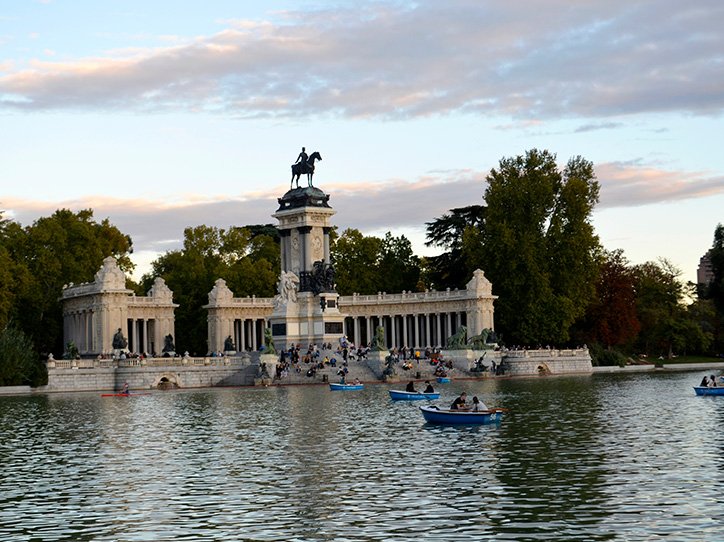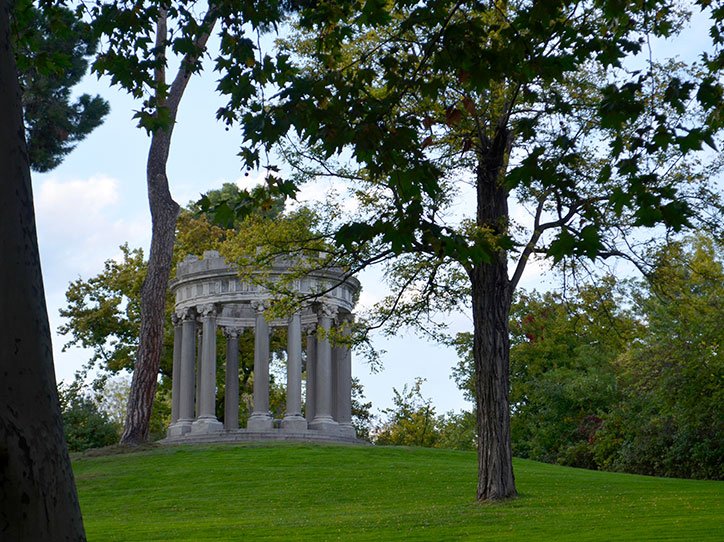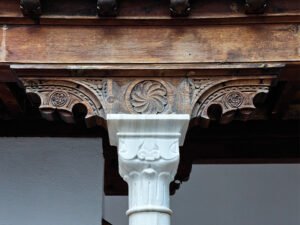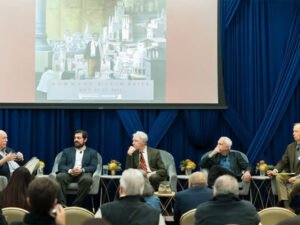The 12th Rafael Manzano Prize for New Traditional Architecture has been awarded by the Traditional Building Cultures Foundation to Juan Luis Camacho Molina, a Spanish architect with a long track record in heritage rehabilitation and the design of new buildings rooted in architectural tradition, harmoniously integrated into their urban or natural settings.
The 2024 Richard H. Driehaus Medal for Heritage Preservation has been awarded by the Traditional Building Cultures Foundation to Carmen Añón Feliú, in recognition of her distinguished career in the protection, dissemination, and preservation of historic gardens and cultural landscapes over more than six decades. Her work in restoring some of Spain’s most iconic gardens and her contribution to various cultural initiatives for the recognition and protection of such heritage have also established her as an unquestionable figure of reference in her discipline.
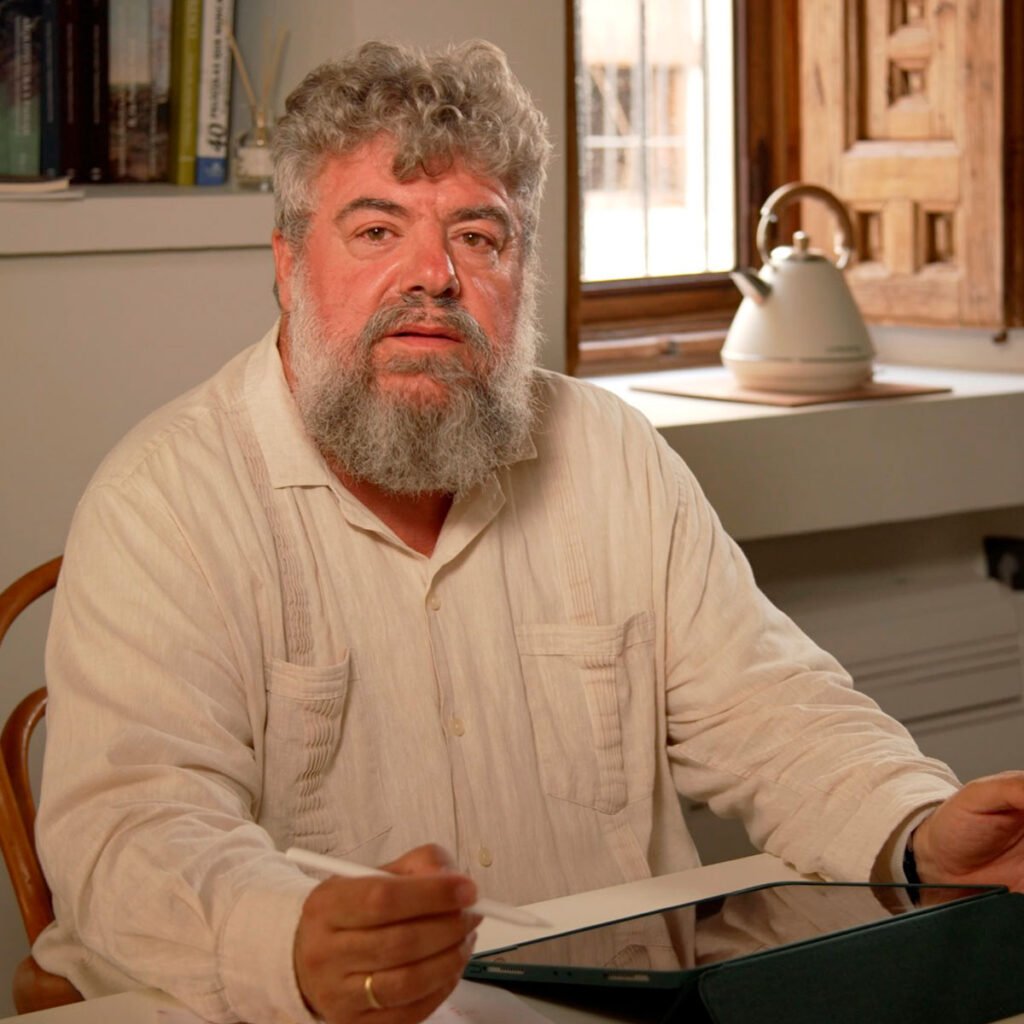
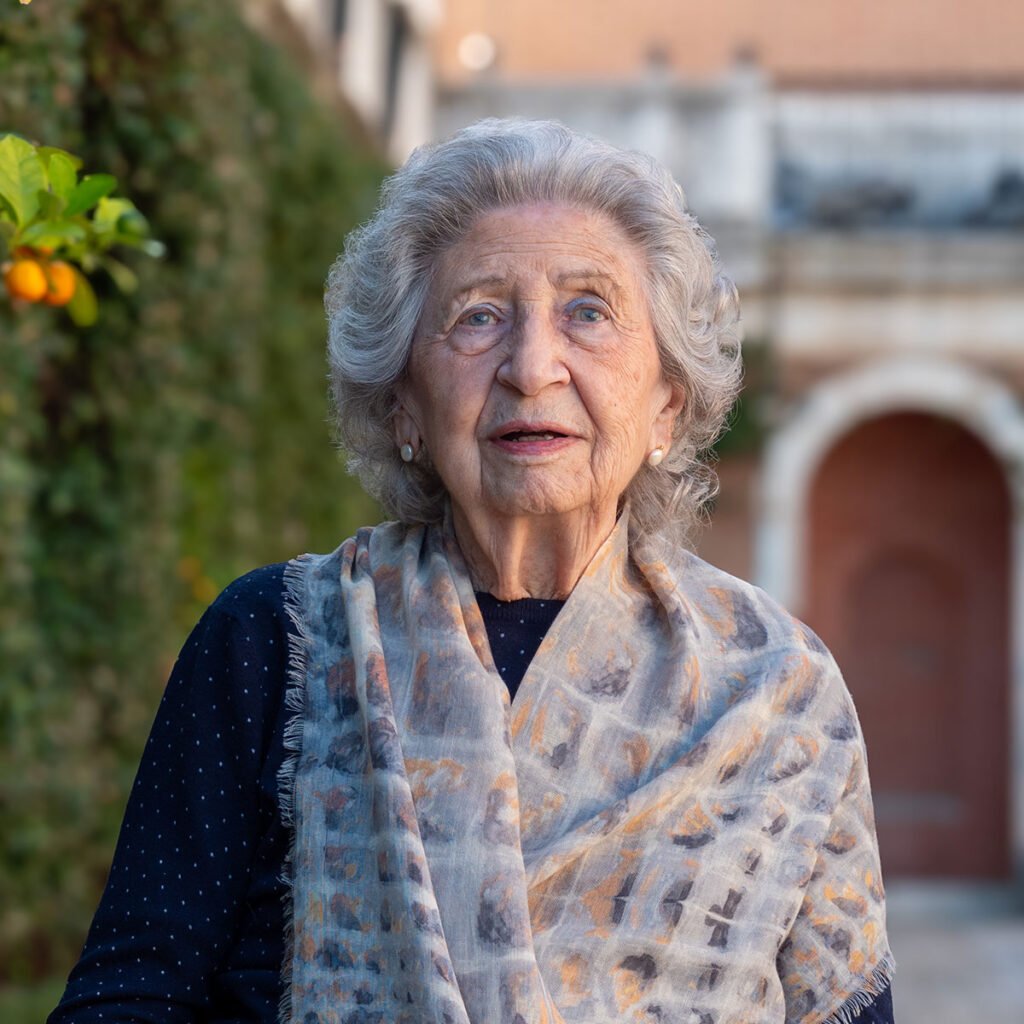
– Juan Luis Camacho Molina, 2024 Rafael Manzano Prize –

Over his career, pursued chiefly in the Las Vegas area of the Madrid Region, his work has shown great respect for the materials, trades, memory, and culture of each place and given special attention to the creation and preservation of public spaces able to enhance their users’ quality of life. His work has been vital to preserving and giving continuity to the cultural and architectural character of the Las Vegas area, and especially the towns of Colmenar de Oreja and Chinchón, where he has family roots. Many of the sites of his projects have become gathering places, strengthening the community’s social and cultural fabric.
The urban fabric of Chinchón that we can enjoy today is to a large extent the product of his quiet, steady efforts, with countless refurbishments and enlargements of historic buildings as well as new construction projects. Juan Luis’s most notable work includes the rehabilitation of iconic buildings such as Casa Dusmet in Chinchón, restored to accommodate the headquarters of the Arauco Foundation, or Hotel La Condesa, a new building designed in keeping with the town’s tradition of stately houses. As to his newly built residential complexes and houses, in which he has always sought to renew and update local tradition with new designs taking tradition as a reference, the one that best shows his invaluable contribution, given its scale and its influence in the townscape and also the account taken of the memory of the site, is La Chimenea, a complex of buildings forming one of the finest public spaces created in this region in recent decades, with a plaza functioning as an agora and an inner pedestrian street set out along the lines of a ruined former industrial compound. This project gives continuity to features of the region’s traditional architecture with a mixed solution of homes and commercial premises, always giving priority to the creation of community spaces of quality.
He has also worked in major public spaces with great heritage value, such as the Plaza Mayor of Colmenar de Oreja, where his contribution has helped revitalize that town’s historic fabric. His prolific work in this municipality again includes various residential complexes, in the town center or forming new neighborhoods. Notable among the latter for its exemplary nature is the ensemble of public housing that he designed on commission from the town council, organized around an attractive central plaza once again taking the region’s finest public spaces as a reference and designed with a meticulousness, a variety, and a range of details that set it apart from the repetitive, anonymous character of most such projects today.
While making use of any technical innovations allowing building performance to be improved, he has always asserted that true modernity sets out from the tradition of each place without breaking with its legacy, and that construction materials and techniques such as plaster, wood, stone, or roofing with arched tiles are vital to building a better future. In opting for such solutions, he seeks not just to preserve and continue the place’s aesthetic and cultural values, and to strengthen the link between architecture and landscape through a sensitive and coherent integration of buildings into their environment, but also to promote more durable and sustainable models of building. Thus, though his designs are intended not to attract attention but to set out from what already exists, to fill urban gaps, and to give streets and squares visual appeal and coherence, they ought to be known and recognized as an example of true commitment both to the community and to the environment.
The mark left by Juan Luis on the communities where he has worked goes beyond his architectural input. He is also an ardent promoter of culture and an advocate of local heritage. In 2014-2022 he chaired the Chinchón Tourism Association, organizing a range of cultural events aimed at highlighting the importance of the region’s traditional architecture and heritage. His latest project, Arquitectura y Tradición (AyT), also reflects his commitment to disseminating and conserving heritage. This novel property concept involves both preserving notable buildings and forging a closer link between them and their prospective owners so as to actively foster the protection and conservation of this rich heritage.


– Carmen Añón Feliú, 2024 Richard H. Driehaus Heritage Preservation Medal –

Though she was born in Barcelona in 1931, Carmen Añón moved to Madrid in 1941, where she took training at the Castillo de Batres Landscape and Garden School. She soon specialized in the conservation and protection of historic gardens and cultural landscapes and has been a key figure in this field both in Spain and internationally. She was a member of Madrid City Council in 1979-1983, when she spearheaded the creation of the first Madrid inventory of gardens; she has been an active member of the Institute of Madrilenian Studies (within the CSIC scientific council), and in 1980-1997 she taught Garden History at the Madrid Polytechnic University School of Architecture, as well as being a guest lecturer at many other universities in Spain and abroad. She chaired the International Scientific Committee for Historic Gardens of the International Council for Monuments and Sites (ICOMOS) and played a large role in the international meeting that drafted the pioneering Nara Document on Authenticity (1994), reframing the way in which heritage conservation is commonly conceived. She also led the International World Heritage Advisory Committee, evaluating many nominations for sites of great cultural value worldwide and playing a part in the inclusion in the UNESCO World Heritage List of region-wide or landscape sites, such as the Pilgrim Way of St James, the Palm Grove of Elche, Las Médulas, the Ensembles of Úbeda and Baeza, or the Aranjuez Cultural Landscape.
As well as this important work in heritage stewardship and protection, she has restored countless historic gardens, always applying a special sensibility to integrating and recovering the cultural value and original spatial conception of each site. Her most notable projects include work in some of Spain’s most iconic gardens, such as those of Aranjuez, the Capricho park in Alameda de Osuna, the gardens of La Granja de San Ildefonso, the Campo del Moro, or the gardens of the Zarzuela Palace, the cloister of the Royal Monastery of Santa María in Guadalupe, or the Moncloa Palace, among many others. She has also worked outside Spain in projects such as the restoration of the Ducal Gardens in Parma, Italy, or landscape restoration in Sintra, Portugal.
She has always advocated conserving historic gardens with a focus not so much on their constituent materials, always dynamic and changing, as on their spatial configuration, their harmony, and their beauty. From this perspective a garden is much more than an array of vegetation; it is the expression of the set of ideas determining its design and how it will evolve over time. Thus Carmen’s approach challenges the traditional conception of heritage conservation, normally focused on the mere preservation of “material authenticity,” for in a garden, alterations are acceptable and at times necessary, provided they help maintain the essential qualities defining the garden’s character. In this regard she was a pioneer in Spain in drawing up masterplans for historic gardens, such as the Retiro park in Madrid, not just detailing the condition of the ensemble and its immediate needs but also establishing how it should be maintained and conserved into the future.
In 2017 Carmen was honored with the National Award for Restoration and Conservation of Cultural Property in recognition of her contribution to the conservation of Spain’s landscape heritage; in 1995 she was given the Europa Nostra Award, in 2012 the Madrid Region Culture Award, and in 2024 the Madrid City Medal.
